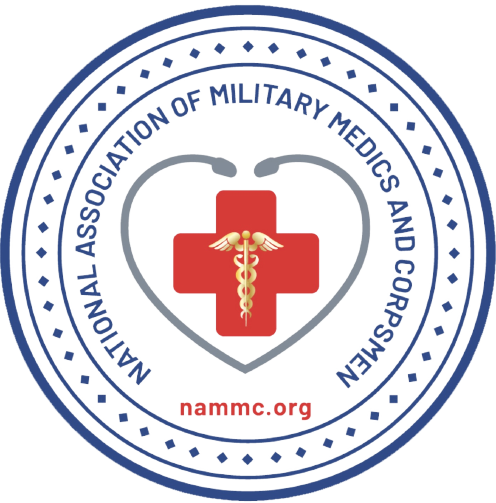Welcome to the National Association of Military Medics and Corpsmen
"Docs" Helping "Docs" And Still Serving
Mission: To respect and honor those with whom we served and to train and
support the brave tradition of those who will replace us.
Vision: To support veterans in need and train others who wish to follow in our footsteps.
